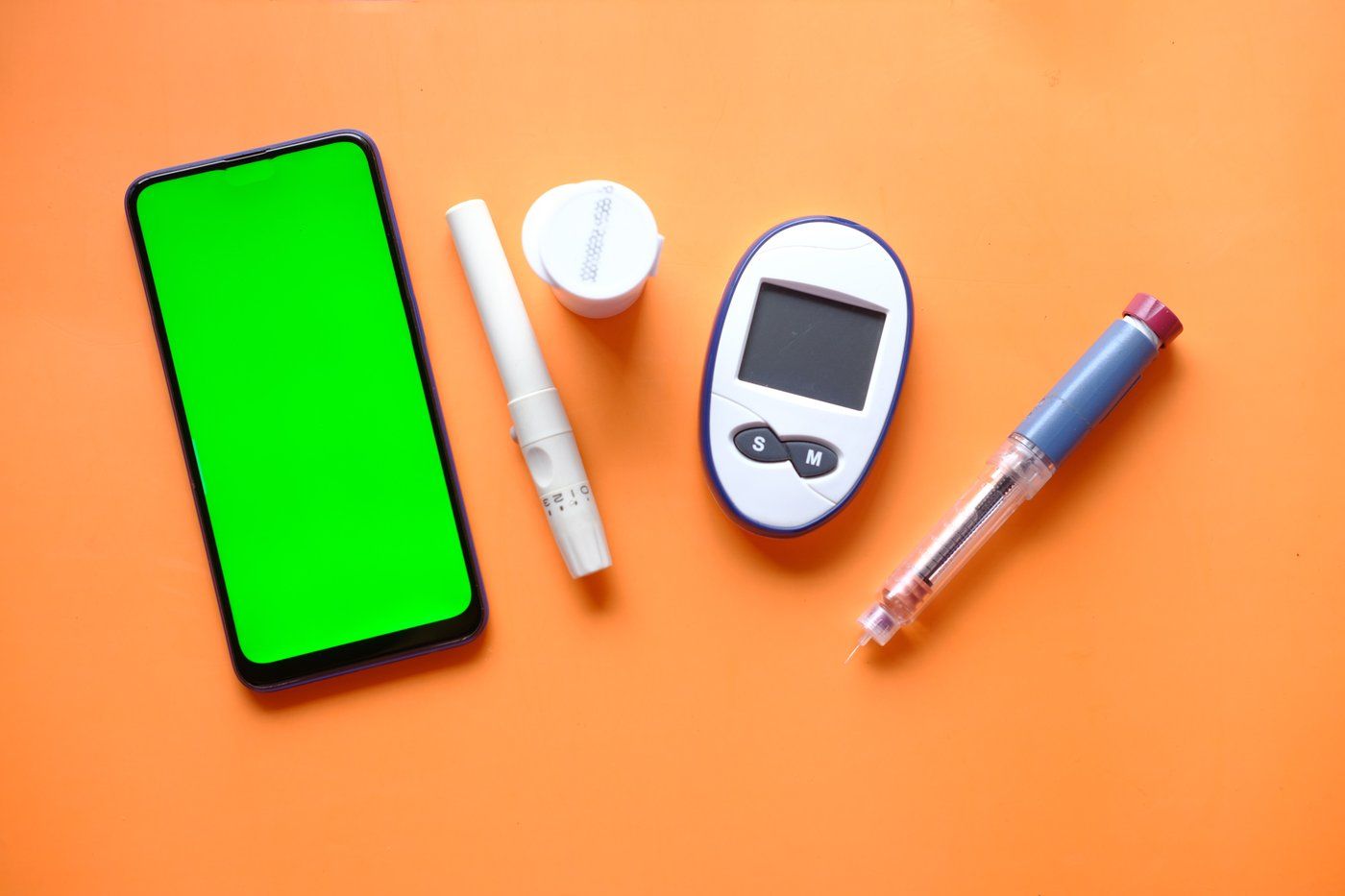Digital technologies and data-driven provision of care are enabling a transformation in many kinds of medical treatment. How nations choose to take advantage of these innovations will influence the future of medicine and public health.
Diabetes is a growing chronic condition in developed economies, as well as in low- and middle-income countries. Two decades from now, one in eight adults could be living with diabetes.
Given the high prevalence of diabetes in India — making it the "diabetes capital" of the world — and the widespread uptake of digital technologies in healthcare, the country is especially well-placed to take up digital therapeutics in diabetes prevention and treatment.
Many studies on diabetes have found that self-management is critical for improving outcomes. The skyrocketing costs of diabetes care has also pushed preventive care to the fore. Digital therapeutics can provide new possibilities for people with diabetes to manage the condition on their own, and better identify warning signs in individuals at risk of diabetes.
The ability to self-manage health is rooted in self-efficacy — a person's belief in their ability to control their behavior and achieve specific goals. The advantages of high self-efficacy in medical treatment are many, including behavior changes, reducing depression and perceived pain, isolation and loss of cognitive abilities — including remembering, reasoning and learning — along with increased healthcare participation.
Digital therapeutics is a new branch of health that uses digital tools and data to offer effective health treatments. The goal is to deliver medical interventions directly to patients for treating, managing and preventing various disorders, usually chronic illnesses requiring constant, long-term management.
The distinguishing element in digital therapeutics is the use of evidence-based intervention and clinical evaluation. Artificial intelligence, machine learning, artificial reality and virtual reality technologies are increasingly contributing to the provision of more personalized care.
Type 2 diabetes accounts for about 90 percent of cases worldwide. Within any given population, management of diabetes includes lifestyle changes and therapies, as well as consideration of multiple factors. These include genetics, physical stature, cultural practices, historical trajectories of the population and evolutionary history, combined with general risk factors common to any population — urbanization, high body mass index, aging, reduced physical activity, and excessive alcohol and tobacco use.
Within India's population, additional population-specific risk factors are mapped, such as low birthweight, short physical stature and low lean mass. These factors are believed to have accumulated over many years as adaptations to growing population density, vegetarian diets, monsoon-related famines, and reduced agricultural security during the colonial period.
The onset of diabetes, if not managed, can bring about many other complications — nerve damage, kidney disease, cardiovascular disease, tuberculosis and cancer. It can be deadly. Fortunately, several treatment options are available.
Several investigations, including those using ‘omic' technologies providing complex molecular analysis from many populations, have revealed that type 2 diabetes involves multiple genetic factors.
The conditions for onset of diabetes-associated complications may arise in the diabetes stage itself, given that there are several genes common among the associated conditions, including nephropathy, neuropathy, retinopathy, cardiovascular disease and atherosclerosis.
At the same time, several genes have been identified that can protect against the development of diabetic complications, but it might take a long time before new therapies are developed from omics data.
Reducing obesity and unhealthy lifestyles through a diet considering poverty, undernutrition and food insecurity while targeting sedentary and unhealthy lifestyles is a recommended approach to diabetes control.
Digital therapeutics can help target obesity and eating-related disorders.
Several digital platforms are available for diabetes management, and several companies are developing digital therapeutics for various disorders. The AI-powered Whole Body Digital Twin technology, which provides precision nutrition, claims a marked remission rate of type 2 diabetes, compared to standard diabetic care.
A digital diabetes management program with real-time blood glucose monitoring offered financial savings in medical expenses during a one-year study. Some participants reported a one percent reduction in HbA1c — the blood glucose levels that are indicative of diabetes — and improved self-efficacy with the use of the Bluestar Web application.
The US Food and Drug Administration has also approved some prescriptions requiring digital therapeutics. Several digital therapeutics are in clinical trials, and some have been published with positive outcomes.
Implementing digital therapeutics through reliance on the internet and associated technologies in an Indian context requires facing the digital divide that occurs along various fault lines: between the young and the old, the wealthy and the disadvantaged, and rural and urban populations.
The adoption of digital therapeutics will also be influenced by local regulations and insurance reimbursements. Diabetes care would benefit from the lessons learned from several facets of investigations about populations and consider digital therapeutics to overcome the challenges facing implementation of healthcare.
An open and transparent deliberation on the ethics of digital therapeutics requires attention from experts. National health programs could consider diabetes prevention and treatment by including digital therapeutics as one of the top items in their agenda.
(S Ramachandran is an Emeritus Professor at Manav Rachna International Institute of Research and Studies, Faridabad, Haryana. A Ramachandran is a Professor at the International Institute of Health Management Research (IIHMR), New Delhi. This article was originally published under Creative Commons by 360info)

